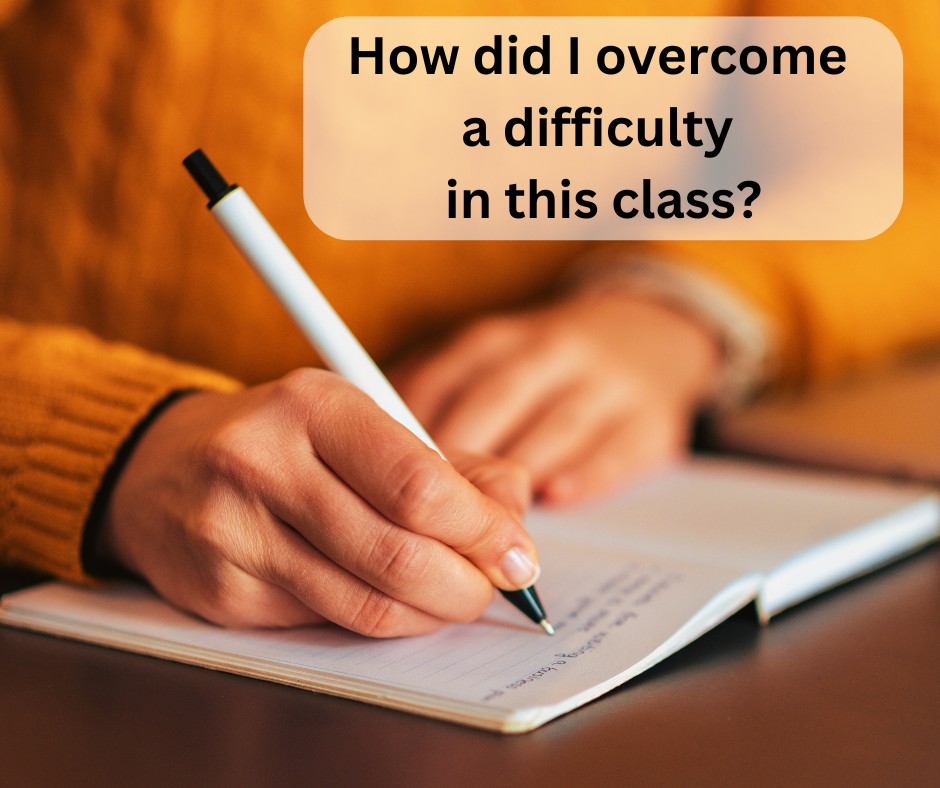
Sign-Up to Receive the Latest Updates
Not ready to register a free account yet, but still want to keep up with Stossel in the Classroom? Sign up for our Ideas in Action Newsletter!
As the school year winds down, it’s the perfect time to encourage students to reflect on their learning experiences. Whether they’re in elementary school, high school, or somewhere in between, reflective writing can be a powerful tool to promote critical thinking, deepen self-awareness, and foster meaningful connections between their education and the real world.
By engaging in reflective writing, students move beyond memorization to analyze their learning. They consider what worked, what didn’t, and their academic and personal growth. This practice helps them gain insight into their strengths and challenges and equips them with the critical thinking skills they’ll need in college, careers, and life.
Let’s explore how reflective writing fosters critical thinking and some practical ways to incorporate it into your classroom.
Why Reflective Writing Encourages Critical Thinking
Reflective writing goes beyond summarizing facts. It asks students to analyze their experiences, question their assumptions, and synthesize new ideas. When done effectively, it requires them to:
- Examine their thought processes – Why did they choose a particular approach to solving a problem? What influenced their perspective?
- Identify strengths and weaknesses – What skills have they mastered, and where do they need improvement?
- Consider different viewpoints – How has their understanding of a topic evolved over time? Have they encountered perspectives that challenged their own?
- Make connections – How does what they learned in class relate to their lives outside school? How does it connect to broader societal issues?
This type of writing is inherently metacognitive—it helps students think about their thinking. When students engage in this practice regularly, they become more aware of their learning habits and more capable of adjusting their strategies to improve over time.
Creating Effective Reflective Assignments
The key to using reflective writing for critical thinking lies in how we frame our prompts. Consider these approaches:
Instead of asking, “What did you learn this year?” try “Which concept in our class most challenged your previous understanding and how has your thinking evolved?”
Rather than “What was your favorite project?” ask “Analyze a project where you initially struggled. What problem-solving strategies did you develop, and how might you apply these in future situations?”
These types of questions push students beyond surface-level responses into deeper analysis.
Scaffolding Critical Reflection
Many students, particularly younger ones, may need support to move from descriptive to analytical reflection. Support their success with a simple progression:
- Description: “What happened or what did you do?”
- Analysis: “Why did it happen that way? What factors influenced the outcome?”
- Evaluation: “What worked well? What could have been improved?”
- Future Application: “How will this inform your approach to similar situations?”
This structure gradually leads students toward the higher-order thinking we aim to develop.
Reflective Writing Prompts to Use in Your Classroom
One of the best things about reflective writing is its flexibility. It can be integrated into any subject, at any grade level. Here are some prompts that can spark deeper thinking as the school year draws to a close:

Personal Growth & Learning
- What is something you struggled with this year that you eventually overcame? How did you do it? How can this approach help you in the future?
- What assignment or project are you most proud of? Why?
- How has your approach to learning changed this year?
Critical Thinking & Problem-Solving
- Describe a time when your opinion on a topic changed because of something you learned in class. What led to the shift?
- Think of a mistake you made this year. What did you learn from it?
- If you could redo one assignment or test, what would you do differently? Why?
Connections to the Real World
- How has something you learned this year changed the way you see the world?
- What skills from this class do you think you’ll use in the future? How?
- If you were to give advice to next year’s students about this class, what would it be?
By encouraging honesty and depth in their writing, students will produce more meaningful reflections. To help them get started, consider modeling reflective writing by sharing your own example—perhaps a reflection on your own teaching this year!
Strategies for Implementing Reflective Writing
Make It Low-Stakes
Reflective writing isn’t about grammar or structure—it’s about thinking. When students know they won’t be penalized for spelling errors or “wrong answers,” they’ll be more willing to engage in deep reflection. Consider grading based on effort and completeness rather than technical writing skills.
Use a Variety of Formats
Not all students express themselves best through traditional essays. Try different formats, such as:
- Journals – Have students keep a weekly learning journal to track their growth.
- Exit Tickets – Ask students to reflect briefly on what they learned that day.
- Letters to Their Future Selves – Have them write about their current challenges and goals, then revisit their letters next year.
Encourage Discussion
Writing doesn’t have to be the end of the process—it can be the beginning of deeper conversations. Give students opportunities to discuss their reflections in small groups or as a class. They’ll gain insight from their peers and learn that reflection is a valuable skill, not just an assignment.
Tie It to Goal-Setting
Reflection isn’t just about looking back—it’s about moving forward. After students reflect on their year, guide them in setting personal or academic goals for the next one. What do they want to improve? What strategies will they use? This helps students see learning as an ongoing journey rather than a series of isolated experiences.
The Lasting Impact of Reflective Writing
By incorporating reflective writing into your classroom, you’re doing more than wrapping up the school year—you’re helping students develop lifelong skills. Reflection fosters self-awareness, resilience, and adaptability—qualities that will serve them well far beyond the classroom.
As you plan for next year, consider making reflective writing a regular part of your teaching routine. A few minutes of thoughtful writing each week can lead to a lifetime of deeper learning and critical thinking. And who knows? You may even find that encouraging students to reflect helps you grow as an educator, too.
A Challenge for You
Before you send your students off for the summer, take a moment to engage in this practice yourself. Reflect on your own teaching this year:
- What lessons or strategies worked well?
- Where did you face challenges and what did you learn from them?
- How have you grown as an educator this year?
- What are your goals for next year?
Just as we encourage students to learn from their experiences, we as teachers can also benefit from looking back, adjusting, and growing. Whether you jot down notes in a journal, share reflections with colleagues, or simply take time to think through your teaching journey, this practice can help you enter the next school year with fresh insights and renewed purpose.



